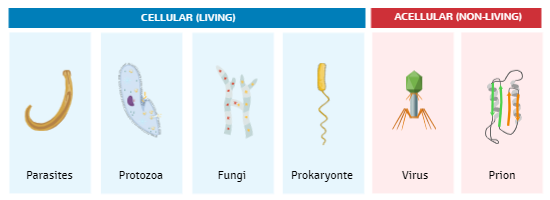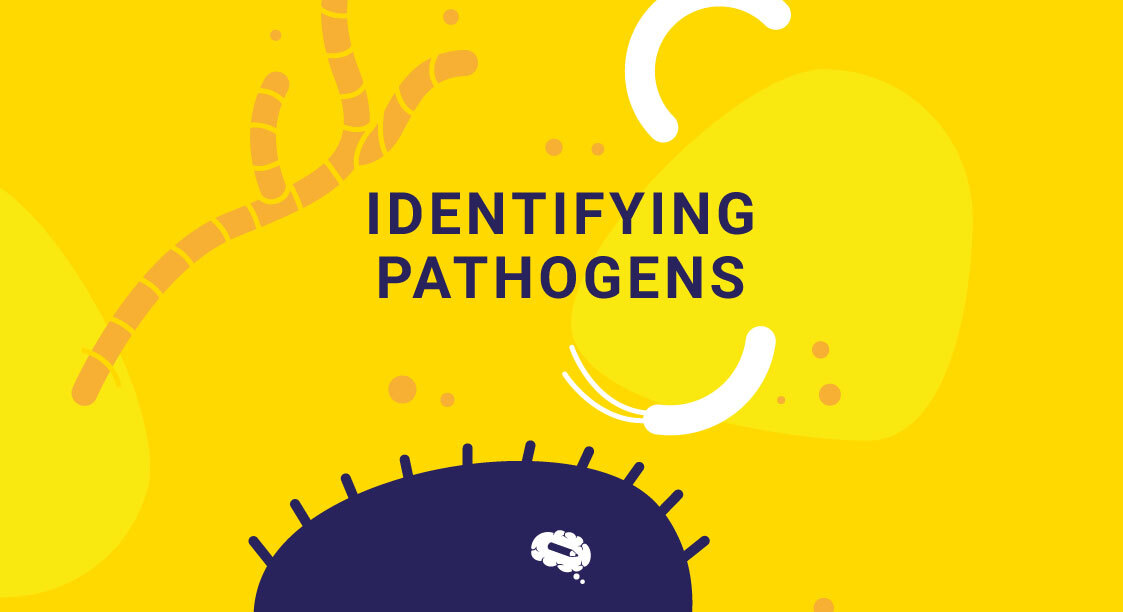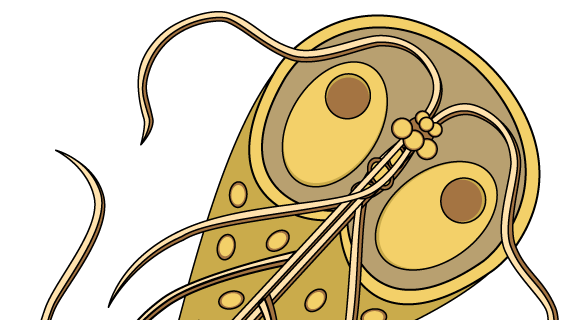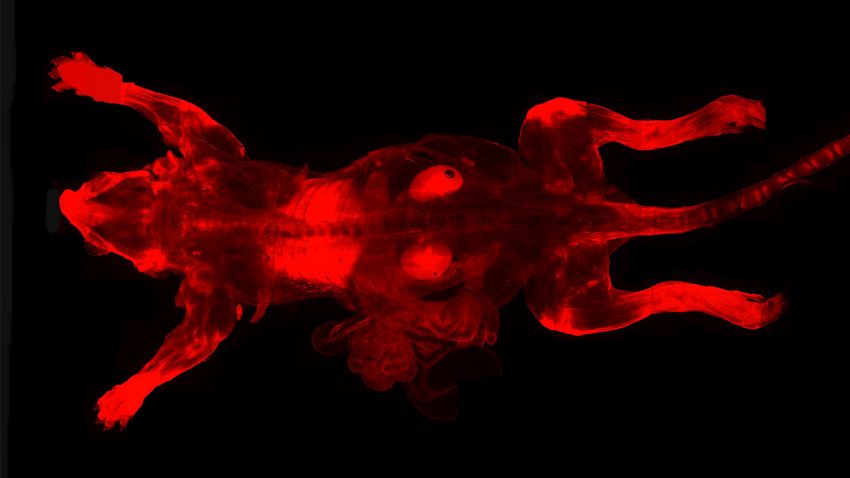Rapid pathogen discovery, identification, and characterization is a serious difficulty in many areas, from business to medicine.
While typical methods for identifying pathogens are known to be time-consuming and intensive, developing simple and cost-effective ways of microbial identification that are still accurate and unmistakable is an immensely significant element and difficulty of modern scientific research.
What are pathogens?
A pathogen is, simply put, an organism that causes different diseases.
While microorganisms are naturally present in your body, they only pose a threat if your immune system is compromised or if they manage to infiltrate a typically sterile area in your body. Pathogens, on the other hand, are unique in that they may cause disease once they enter the body.
Pathogens must thrive and survive after they have entered the host. It must dodge immune system attacks and learn how to use the host’s body to duplicate itself before departing and spreading to a different host.
Pathogens are spread in multiple ways, they can be disseminated via skin contact, body fluids, airborne particles, contact with excrement, among others.
They also come in a variety of types, the most prevalent of which being parasites, protozoa, fungi, prokaryotes, viruses and prions.

Identify Pathogens easily with detailed illustrations
A precise representation of a pathogen could be decisive in the identification process. In Mind the Graph’s gallery you can find parasites, viruses, and many other scientifically accurate illustrations to illustrate your study. Check our gallery and start your creation now.
Button:
Check the Gallery
Traditional Methods for Identifying Pathogens
Macroscopic
The entire appearance of a pathogen, including its form, size, color, and smell, may be viewed using a macroscopic technique. The species of pathogen may frequently be determined by examining the gross morphological or macroscopic characteristics of an agar culture.
Staining and Microscopy
Staining is a microscopy technique used to improve contrast in a microscopic picture. Stains and dyes are widely used to highlight features in pathogens for examining under different microscopes.
There are several staining procedures, such as Gram staining, Endospore staining, Ziehl-Neelsen staining, and Fungi and Yeast Stains.
Simple Biochemical Tests
Biochemical reactions can provide essential information for effectively identifying pathogens in a sample. Bacteria produce a huge number of enzymes by nature, and it is these enzymes that allow them to be identified using biochemical procedures.
Simple biochemical tests such as catalase testing, oxidase testing, and substrate utilization tests are classified as traditional methods for identifying pathogens.
Dichotomous Identification Keys
A dichotomous key is a useful scientific tool for identifying pathogens based on their visible characteristics. Dichotomous keys are made up of a succession of statements, each with two options, that guide users to the proper identification.
Modern Methods for Identifying Pathogens
PCR Method
The PCR, especially Real-Time PCR, is perhaps the most extensively used molecular technology for pathogen identification. PCR can recognize and distinguish microbial species straight from clinical samples, speeding up diagnosis.
Microarray-Based Identification
The hybridization of pre-amplified microbial DNA sequences to arrayed species-specific oligonucleotide probes is the basis for microbial identification utilizing microarrays. When hybridized, each probe has a unique dye that fluoresces, which is utilized for distinguishing the pathogens.
Immunological Method
Antibodies and proteins are used in immunological methods to identify pathogens within the organism of interest.
Currently, three methods are used for immunological identification: ELISA, flow cytometry, and immunohistochemistry.
Online Infographic Maker for Science
You may design exactly what you need for your poster, banner, presentation, or scientific paper using Mind the Graph. We name it an infographic maker, but you may use it for whatever type of visual design you require for enhancing the comprehensibility of your work.

Subscribe to our newsletter
Exclusive high quality content about effective visual
communication in science.




